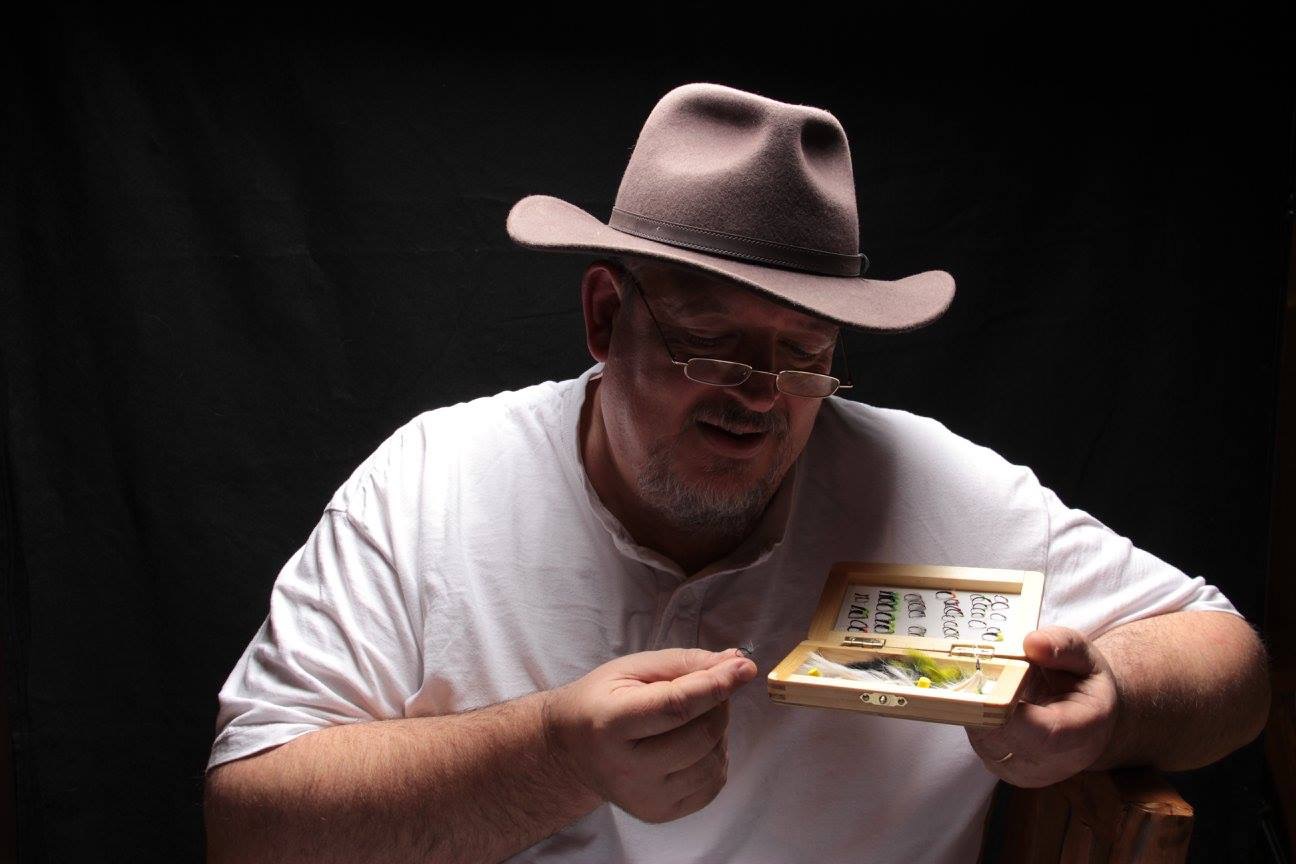 Welcome to the second part of our short primer on fly fishing flies.
Welcome to the second part of our short primer on fly fishing flies.
Typically, a dry fly is thought to represent an insect landing on, falling on (terrestrials), or emerging from, the water's surface. In other words, it imitates the movement of grasshoppers, dragonflies, mayflies, ants, beetles, stoneflies or caddisflies. Other surface flies include poppers and hair bugs that might look a little like mice, frogs, and so on. Sub-surface flies are designed to resemble a big variety of prey including aquatic insect larvae, nymphs and pupae, baitfish, crayfish, leeches, and worms. Wet flies, known as streamers, are thought in general to imitate minnows, leeches or scuds.
Throughout history, artificial flies have been made from furs, feathers, and threads bound on a hook. All of them were created by anglers to imitate fish prey. The first known reference of an artificial fly was in 200AD in Macedonia. Most early examples of artificial flies were made to mimic common aquatic insects and baitfish. Nowadays, however, artificial flies are tied with a wide variety of natural and synthetic materials (like mylar and rubber) to represent all kinds of potential freshwater and saltwater fish prey including, among other things, aquatic and terrestrial insects, crustaceans, worms, baitfish, vegetation, flesh, spawn, small reptiles, amphibians, mammals, birds.
To whet your appetite, though, we’d like to invite you to check out the huge range of fly fishing flies in our shop.



